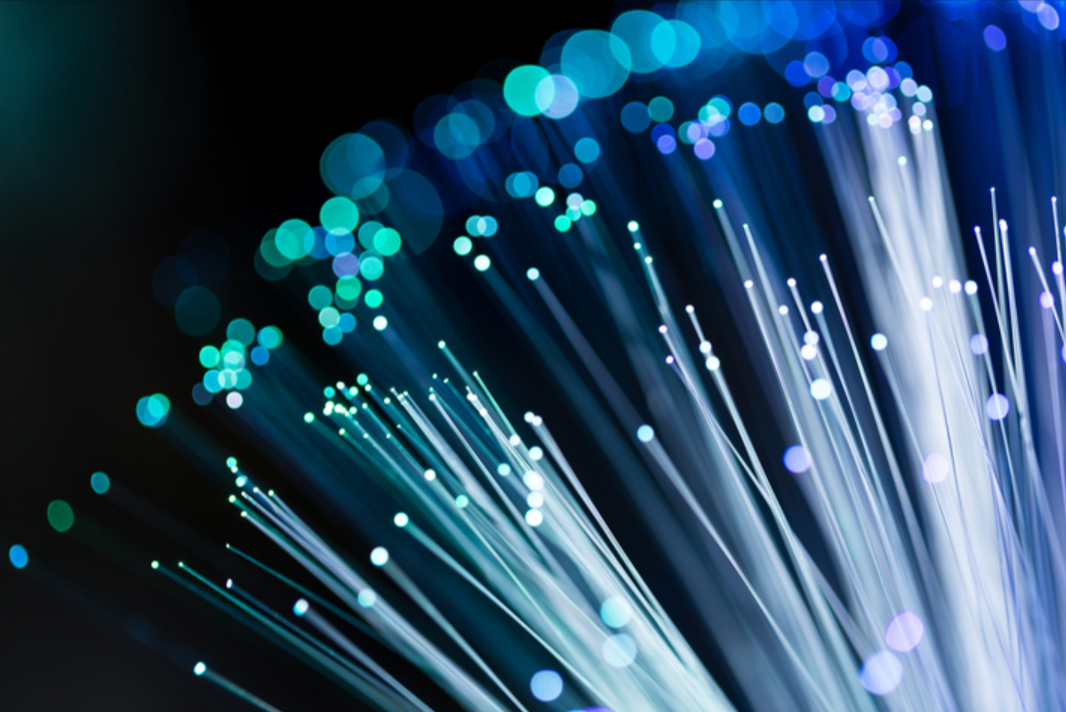The ever-increasing global demand for faster and more reliable internet connections has driven innovation in fiber optics. Fiber optic technology, capable of transmitting data at lightning speeds over vast distances, has evolved exponentially over the last few decades. In this backdrop, let’s explore three pivotal advancements in fiber optic technology that have redefined connectivity in the modern age.
Recent Progress in Fiber Optic Technology
1. Enhanced Fiber Densification
In the ever-evolving landscape of fiber optic technology, one advancement that stands out prominently is enhanced fiber densification. As the demand for faster data transmission grows exponentially, the need for more efficient use of space and increased bandwidth becomes paramount. Enhanced fiber densification addresses this by packing more fibers into a given diameter, thus maximizing the capacity of every cable. This, in turn, supports the surging demand for high-speed internet and the proliferation of connected devices. In particular, the utilization of OS2 fiber cables is a testament to this advancement. This fiber provides optimal performance in single-mode fiber applications, ensuring efficient data transfer over vast distances without sacrificing speed or reliability. By integrating such cutting-edge fibers into denser cables, the industry can cater to larger data volumes while maintaining a smaller footprint. This densification streamlines infrastructure and offers a cost-effective solution for expanding networks. As we move forward, the trend toward denser fiber configurations, supported by technologies like this fiber, will play a pivotal role in shaping the future of connectivity.
2. Multi-core Fiber (MCF) Systems
In the past, a single fiber optic cable would only consist of a single core, and data transmissions would go via that core. These cores performed the function of the light-carrying channel, which allowed for the transmission of high-speed data across considerable distances. Despite this, the introduction of Multi-Core Fiber (MCF) systems ushered in a revolutionary transformation for the field of fiber optic technology. The MCF design utilizes several cores inside a single fiber optic cable instead of the more common single-core configuration. Every single one of these cores can independently convey its very own data signal.
This forward-thinking design not only increases the quantity of data that can be carried all at once, but it also significantly increases the bandwidth available to communication system users. In addition, MCF provides the opportunity to improve the network’s dependability. Data can be redirected via another core if problems or disturbances affect the operation of one of the cores. This dynamic flexibility guarantees continuous and uninterrupted service, which is why MCF is a popular option for contemporary communications infrastructures that need both high capacity and dependability.
3. Artificial Intelligence and Predictive Maintenance
Incorporating artificial intelligence (AI) into fiber optic networks marks a big step forward when it comes to the management and upkeep of our telecommunications infrastructure. These systems have shifted from a reactive management paradigm to a proactive management one by capitalizing on the vast computing power offered by AI. AI algorithms monitor the network in real-time without tiring or pausing instead of relying simply on periodic checks or holding off until there is a clear indication of a breakdown in the system. These algorithms are skilled at recognizing even the most minor patterns, irregularities, or possible problems, even some that human operators could miss entirely.
When such capacities for early identification are available, possible issues can be handled before they develop into significant difficulties. This predictive strategy reduces the likelihood of downtimes, which can be inconvenient and expensive, and guarantees that data transfer speeds remain constant, improving the overall user experience. In addition, since it stops unnecessary wear and tear, the proactive approach significantly extends how much time a network infrastructure can remain functional. In addition, artificial intelligence’s unrivaled capacity to evaluate enormous volumes of data at breakneck rates contributes to improving traffic routing. Artificial intelligence promotes effective data transmission by recognizing and anticipating traffic patterns. This allows AI to allocate resources to maintain optimum service levels dynamically. The combination of artificial intelligence and fiber optics is unquestionably reshaping the field of telecommunications.
Conclusion
The digital revolution demands an ever-advancing backbone of connectivity. Fiber optic technology, rising to the occasion, has witnessed transformations that have not only catered to modern demands but also set the stage for future possibilities. The synthesis of densification, multi-core systems, and artificial intelligence encapsulates the trajectory of progress, reinforcing the pivotal role of fiber optics in shaping a connected global future.
- Understanding Backflow Testing and Annual Fire Alarm Inspections: Essential for Safety and Compliance - April 1, 2025
- Preamplifiers – Significance, Types, Benefits - January 10, 2025
- The Science of Bass: Understanding How Subwoofers Work - January 10, 2025

